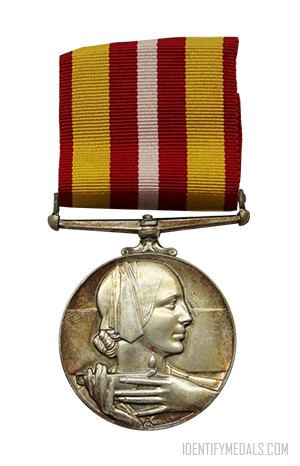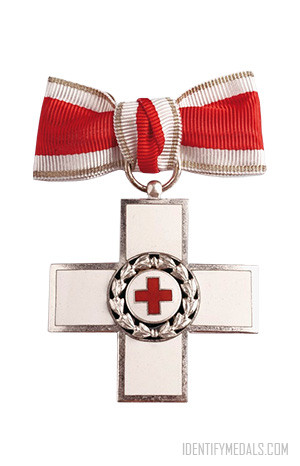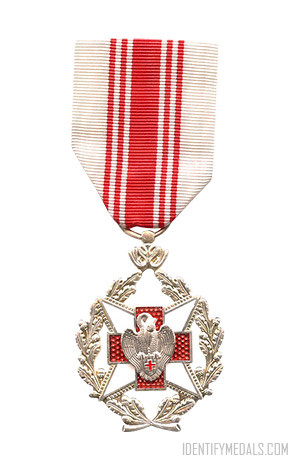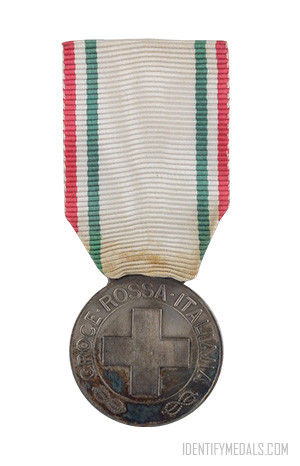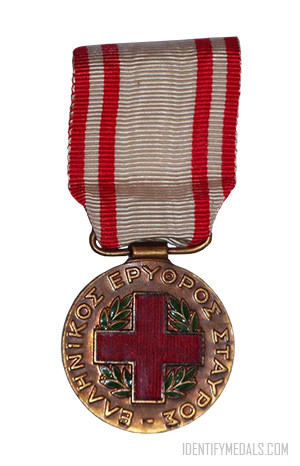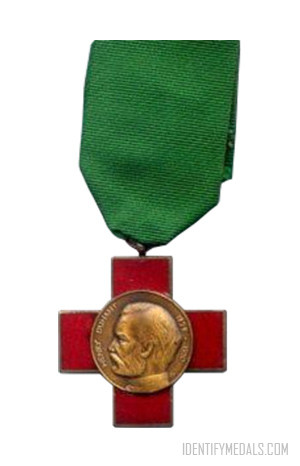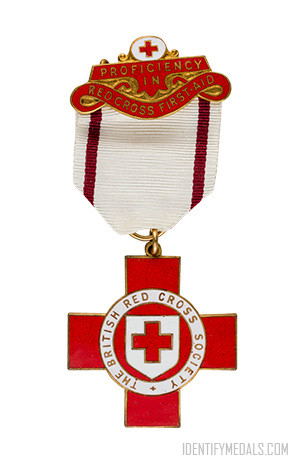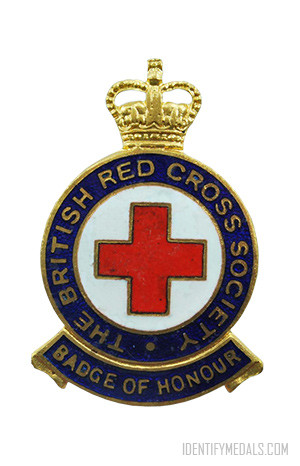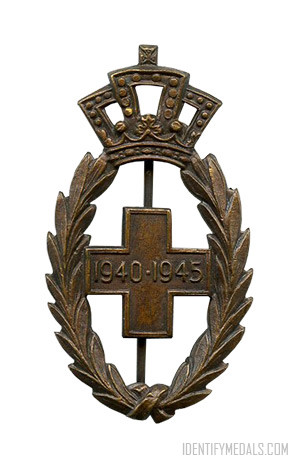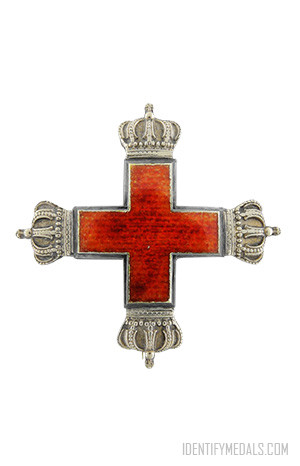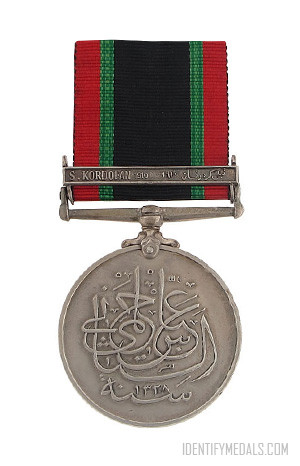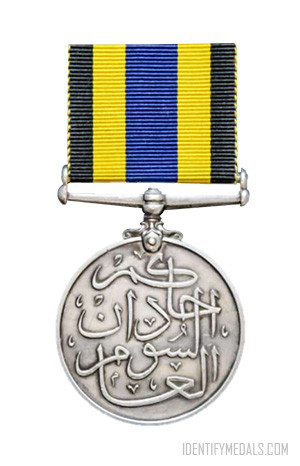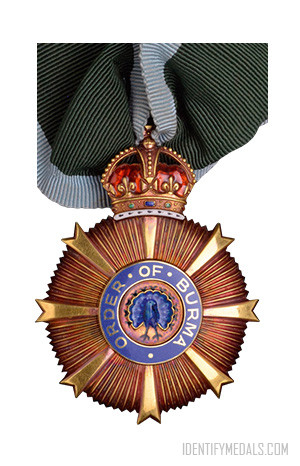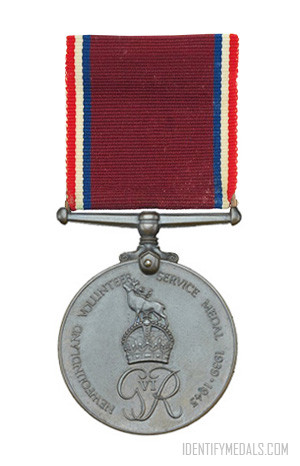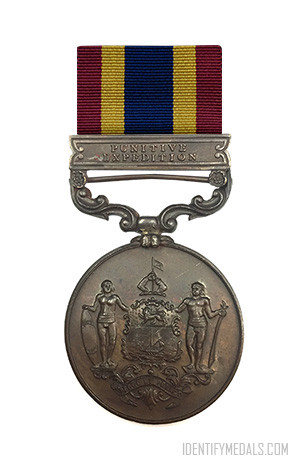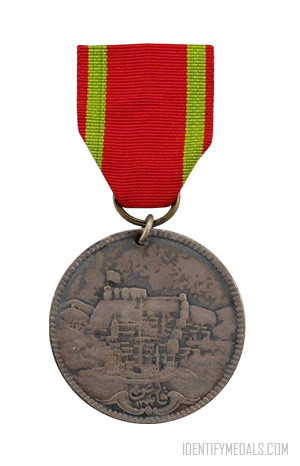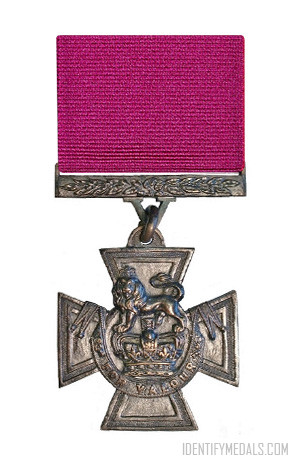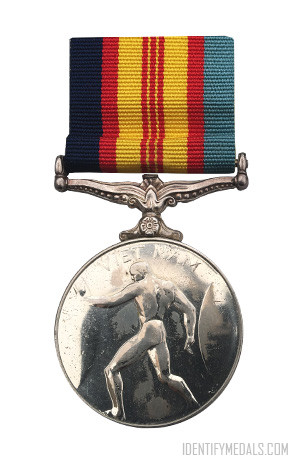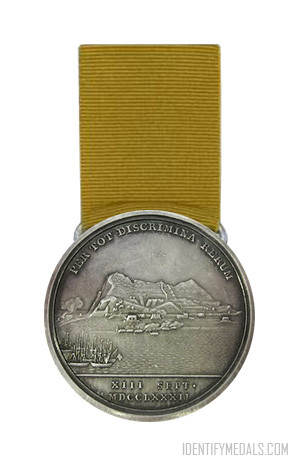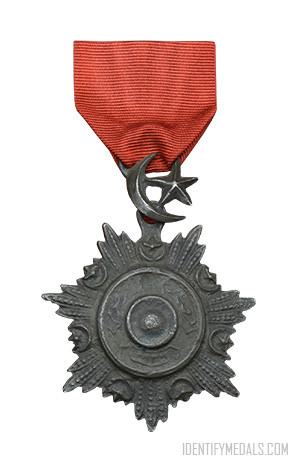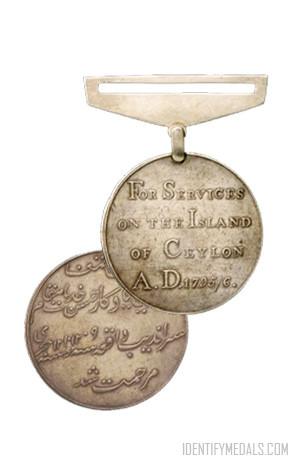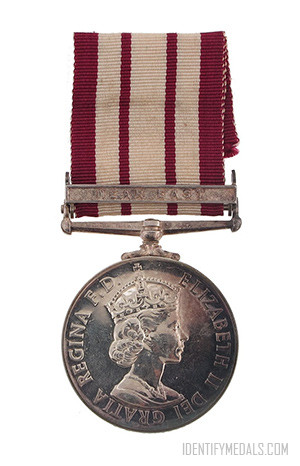- Time Period: Interwar Period
- Year of Institution: 1932
- Country: Great Britain (Red Cross)
The Voluntary Medical Service Medal is a medal instituted in 1932 at the direction of George V and awarded by the British Red Cross and St Andrew’s First Aid.
To qualify for the medal, a member has to accrue fifteen years’ continuous efficient service as a first aid volunteer in either the Red Cross or St Andrew’s. They also need to provide a minimum of ten hours field service per year.
The Voluntary Medical Service Medal Design
The medal measures 36 millimeters (1.4 inches) in diameter and was designed by Percy Metcalfe, an English artist sculptor and designer recognized mostly for his coin designs and his contribution to the Ashtead Pottery Collection.
The obverse of the medal bears a symbolic representation of Florence Nightingale carrying a lamp. The reverse features a design of both the Geneva and St Andrew’s crosses to denote the two qualifying organizations. Between the upper arms of the St Andrew’s Cross is the text “LONG AND EFFICIENT SERVICE”.
The medal was originally made of silver, later of silver plated copper, and since the 1960’s of copper-nickel. It is suspended from a straight swivel bar and hangs from a ribbon of red with yellow stripes at the edges and a thin white stripe in the centre. On the suspension ribbon of the medal, clasps embellished with the Geneva cross (St Andrew’s cross in Scotland) are worn to denote five additional years of qualifying service. Up to four silver-gilt emblems can replace the silver type to denote 25, 30, and 35 years of service in the applicable voluntary organisation.

